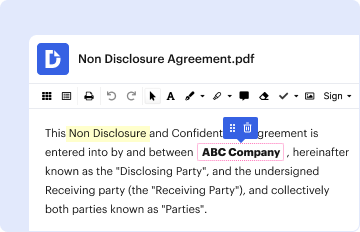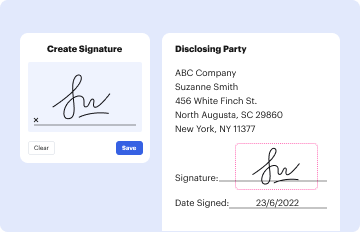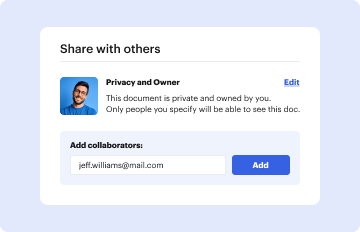Overview of the Colposcopy Documentation Framework
The colposcopy documentation template is a structured form designed to facilitate the comprehensive recording of patient data, medical history, examination findings, and procedural details during a colposcopy. This essential tool aids healthcare practitioners in ensuring accurate and standardised reporting, which is critical for patient management and continuity of care.
Key Components of the Colposcopy Documentation Template
The colposcopy documentation template should encompass the following key elements:
-
Patient Information:
- Full name, date of birth, and contact details.
- Insurance information and primary care physician details.
-
Medical History:
- Previous gynecological history, including any abnormal Pap smears.
- Relevant medical and surgical history, including contraceptive use and sexually transmitted infections.
-
Examination Findings:
- Description of visual findings during the colposcopy, including the appearance of the cervix, any lesions, and areas of acetowhiteness.
-
Impression and Assessment:
- Professional interpretation of findings.
- Possible diagnoses that may arise from the examination.
-
Biopsy Results:
- Documentation of any biopsies taken, including the type and location.
- Follow-up results from pathological examinations.
-
Follow-Up Plans:
- Recommendations for further diagnostic procedures, treatments like cryotherapy, or subsequent appointments.
Steps for Efficient Use of the Colposcopy Documentation Template
Implementing the colposcopy documentation template effectively requires several steps:
-
Preparation:
- Gather all necessary patient records and history before the procedure to streamline data entry.
- Ensure the template is accessible, potentially using a digital format to facilitate real-time updates.
-
Recording Data During the Procedure:
- Input findings systematically as the procedure progresses to maintain accuracy.
- Utilize annotation tools for specific areas of interest or concern within the documentation.
-
Post-Procedure Review:
- Review all entries for completeness and clarity.
- Confirm any follow-up testing or treatment plans are recorded and communicated to the patient.
-
Distribution:
- Share the completed report with relevant healthcare providers and update the patient’s medical records accordingly.
- Discuss findings and follow-up care with the patient to ensure understanding and compliance.
Examples of Colposcopy Documentation Formats
The documentation can take various forms based on specific requirements or institutional policies, such as:
-
Colposcopy Report Format PDF:
- A standardised PDF format ensuring consistency in documentation across different settings.
-
Colposcopy Report Sample:
- Examples showcasing different scenarios including atypical findings and standard assessments can serve as references for practitioners.
-
Colposcopy Reporting Format:
- Templates that allow quick entries for common findings, aiding in the efficiency of documentation.
Legal and Compliance Considerations in Colposcopy Documentation
When using a colposcopy documentation template, practitioners should remain aware of the following legal aspects:
-
Confidentiality:
- Adhere to HIPAA regulations to protect patient information and privacy during documentation.
-
Accuracy in Reporting:
- Complete and accurate records serve not only clinical purposes but also legal protection in the event of disputes or necessitated audits.
-
Retention Policies:
- Follow institutional policies regarding the length of time documentation should be retained, typically aligning with state and federal regulations.
Customising the Colposcopy Documentation Template for Specific Needs
Customization of the template may be necessary to better cater to individual practice requirements:
-
Incorporating Specialty-Specific Sections:
- For oncology practices, fields for additional cancer screening details may be useful.
-
Adapting for Telemedicine:
- Templates may require adjustments for documenting telehealth encounters to include remote examination findings and virtual consultations.
-
Integration with Electronic Health Records (EHR):
- Ensure compatibility with existing EHR systems to enable seamless data transfer and avoid duplicative entries.
Implementing a colposcopy documentation template effectively enhances communication among healthcare providers and supports accurate patient care through well-organised and thorough records.



